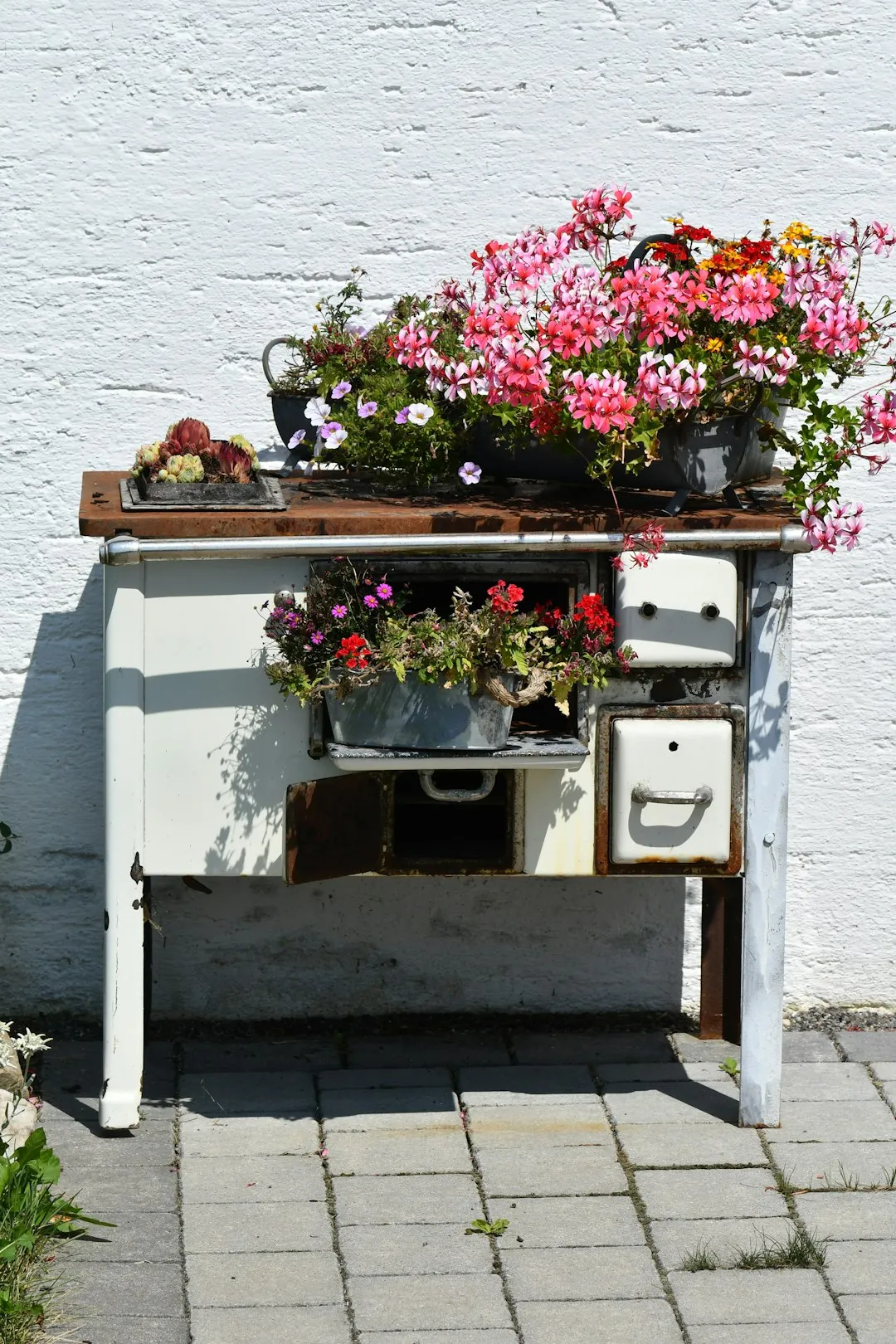Reviving Your Petunias: A Summer Bloom Guide

As the summer sun beats down, it can be disheartening to see your once - vibrant petunias start to fade. But don't lose hope just yet! With a little tender loving care (TLC), you can get your petunias blooming again before summer's end. Petunias are annuals, which means they complete their life cycle in one growing season. However, with the right techniques, you can extend their blooming period and enjoy their colorful display for a bit longer.
First and foremost, understanding the basic needs of petunias is crucial. These flowers thrive in full sun, requiring at least six hours of direct sunlight each day. If your petunias are planted in a shady area, consider moving them to a sunnier spot. Sunlight is essential for photosynthesis, the process by which plants convert light energy into chemical energy to fuel their growth and blooming. Without enough sunlight, petunias may become leggy and produce fewer flowers.
Watering is another key factor in keeping your petunias healthy and blooming. Petunias prefer well - drained soil. Overwatering can lead to root rot, while underwatering can cause the plants to wilt and stop blooming. A good rule of thumb is to water your petunias deeply but infrequently. Check the soil moisture by sticking your finger about an inch into the soil. If it feels dry, it's time to water. Water at the base of the plant to avoid getting the leaves wet, as wet leaves can promote the growth of fungal diseases.
Fertilization plays a significant role in petunia blooming. Petunias are heavy feeders and need regular fertilization to produce an abundance of flowers. Choose a balanced, water - soluble fertilizer with a ratio such as 10 - 10 - 10 or 20 - 20 - 20. Apply the fertilizer according to the package instructions, usually every two to three weeks during the growing season. Avoid over - fertilizing, as this can lead to excessive foliage growth at the expense of flower production.
Deadheading is a simple yet effective technique to encourage continuous blooming in petunias. Deadheading involves removing the spent flowers from the plant. When a petunia flower fades, it starts to form a seed pod. By removing the spent flower before the seed pod develops, the plant redirects its energy from seed production to new flower formation. Use a pair of sharp pruning shears or simply pinch off the faded flowers with your fingers. Deadhead regularly, at least once a week, to keep your petunias looking their best.
Pruning can also help rejuvenate your petunias. If your petunias have become leggy or overgrown, give them a light pruning. Use pruning shears to trim back the stems by about one - third. This will encourage the plant to branch out and produce more flowers. Pruning is best done in the morning on a dry day to minimize the risk of disease.
Another important aspect of petunia care is pest and disease management. Common pests that affect petunias include aphids, spider mites, and whiteflies. These pests can suck the sap from the plants, causing damage and reducing blooming. To control pests, you can use insecticidal soaps or neem oil. Follow the instructions on the product label carefully. Fungal diseases such as powdery mildew and botrytis can also be a problem, especially in humid conditions. To prevent fungal diseases, ensure good air circulation around the plants by spacing them properly and avoiding overcrowding.
In addition to these care tips, you can also try using some natural remedies to boost the health of your petunias. For example, adding Epsom salt to the soil can provide magnesium, which is essential for plant growth and flower production. Dissolve about one tablespoon of Epsom salt in a gallon of water and use it to water your petunias every few weeks.
As summer draws to a close, don't give up on your petunias. With a little effort and the right care, you can get them blooming again and enjoy their beauty for a few more weeks. Remember to provide them with plenty of sunlight, water them properly, fertilize regularly, deadhead and prune as needed, and manage pests and diseases. By following these steps, you'll be rewarded with a colorful display of petunias that will brighten up your garden until the end of summer.